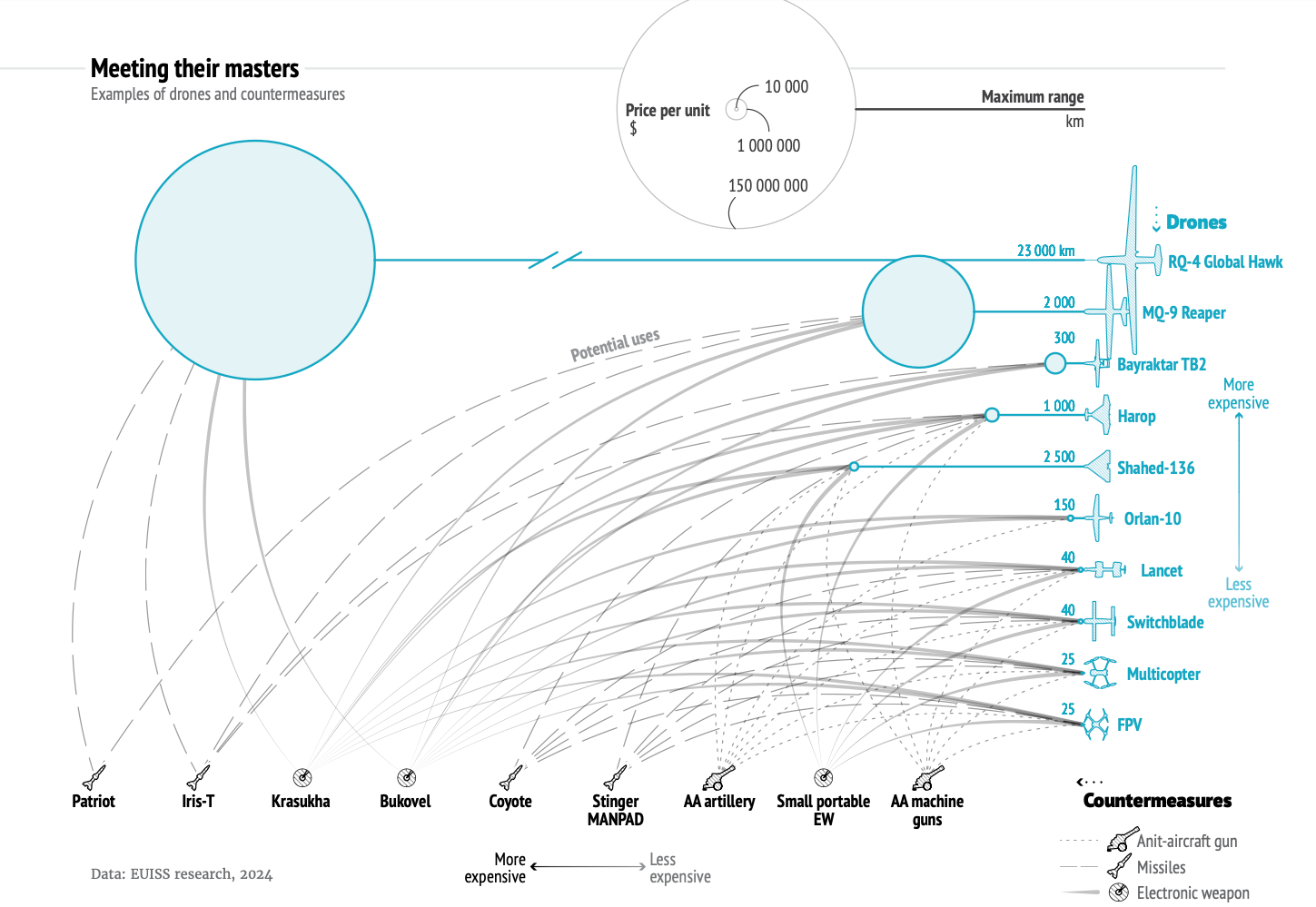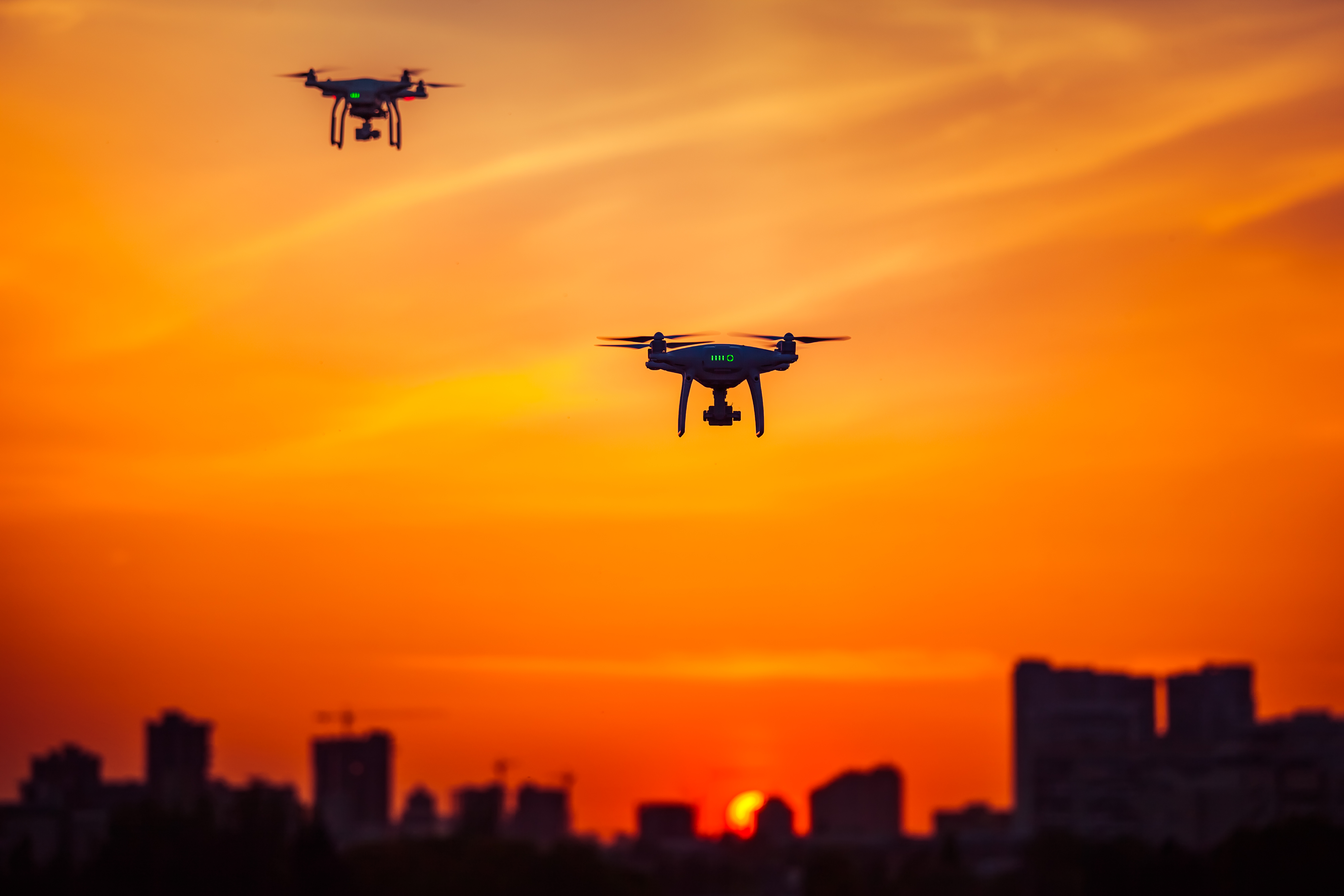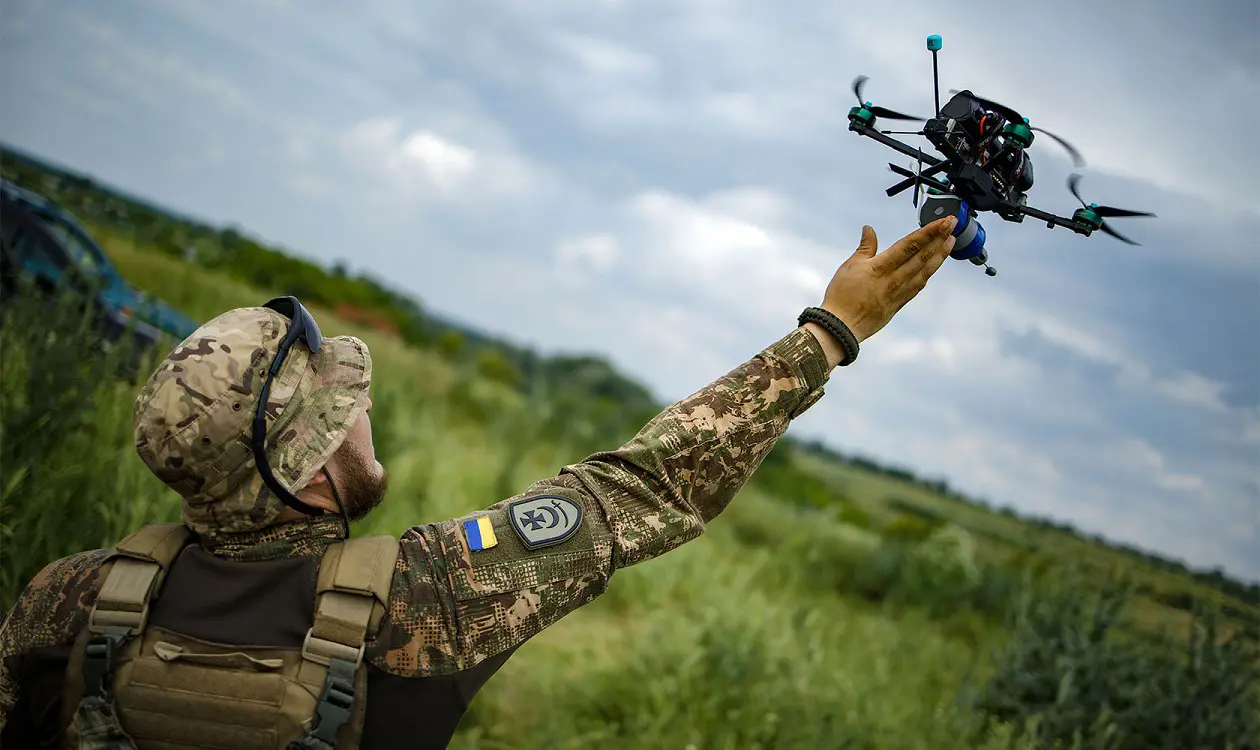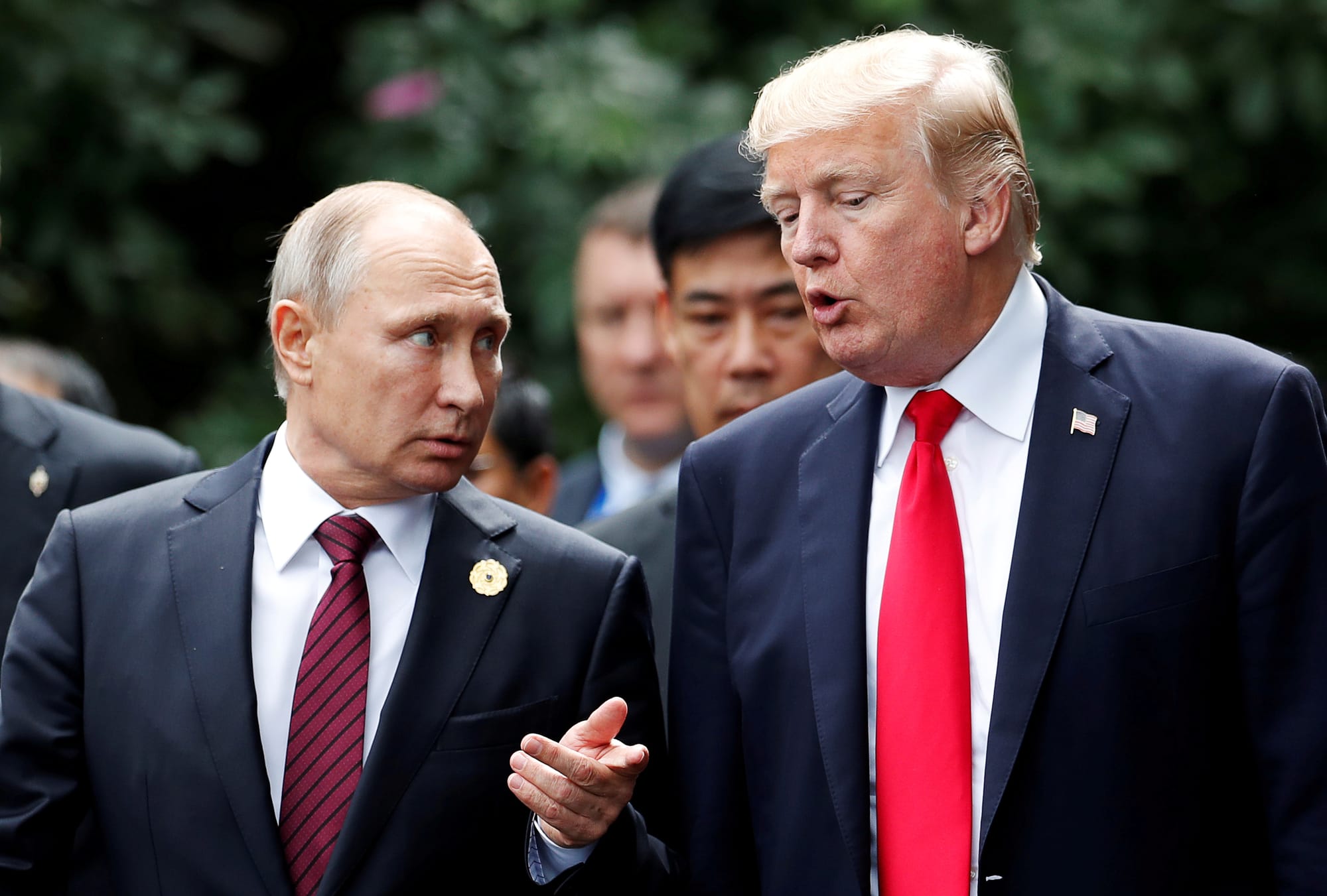In Brief

Introduction
Artillery dominates the war in Ukraine, but is the drone fast replacing it as the ‘King of Battle’? Ukraine’s military leadership suggested as much in May 2024, stating that ‘drones kill more soldiers on both sides than anything else’.
Drones have become ubiquitous in conflicts all around the world, from the wars in Ukraine and Gaza/Israel/Lebanon to the civil wars in Sudan, Syria and Myanmar. They are also increasingly deployed by non-state actors across the Middle East and Africa.
While some argue that this represents a revolutionary shift in warfare, others see it as more of an evolutionary development. However, the broader implications and conclusions to be drawn remain a subject of debate. So, what is the impact of drones on modern warfare? And how should the EU respond?
Defining "Drones"
In the military, ‘drone’ used to be a term for remote-controlled aircraft utilised for gunnery practice. Today, the term ‘drone’ encompasses a wide range of devices, from inexpensive weaponised recreational multi-copters to uncrewed jet-sized aircraft used for intelligence, surveillance and reconnaissance (ISR) that can cost millions. In Ukraine, both sides daily deploy thousands of drones of all sizes and types. Aerial drones (uncrewed aerial vehicles – UAVs) re- main most prevalent, but maritime drones also have a significant impact in the Black Sea and land drones (uncrewed ground vehicles–UGVs) are emerging on the battlefield.
While the variety of drones is rapidly expanding, so is the scale of their use and attrition. Reliable figures are hard to find, but production data indicates that drone consumption by both Russia and Ukraine is massive. Ukraine claims to have built more than a million drones in the first half of 2024. Russia in turn is reported to procure 100 000 low-tier drones monthly from domestic and foreign sources.
The impact of these drones varies significantly however depending on their type, making it necessary to define the term more closely. Drones can be armed or unarmed; used for ISR or effect; they can be recoverable or one-way-attack (OWA) drones that self-destruct on impact; or they can be remotely piloted with the first-person view (FPV) goggles or programmed as loitering munitions to search for a pre-defined target.
Moreover, many OWA drones are now treated as consumables, not unlike artillery shells, while others are more akin to cruise missiles. Growing niche applications include everything from dropping mines to breathing fire to UAVs ramming one another out of the sky.
Read the full Brief by the European Union Institute for Security Studies (EUISS):
















Discussion